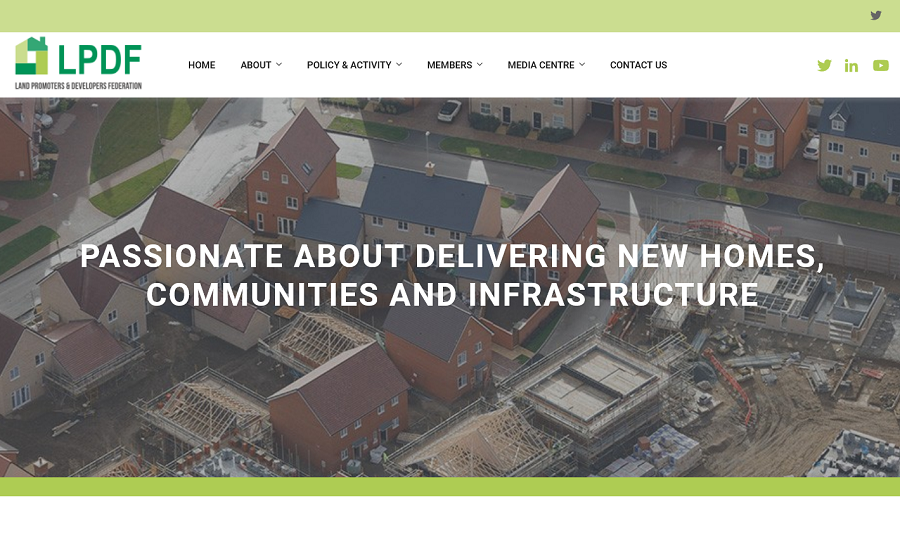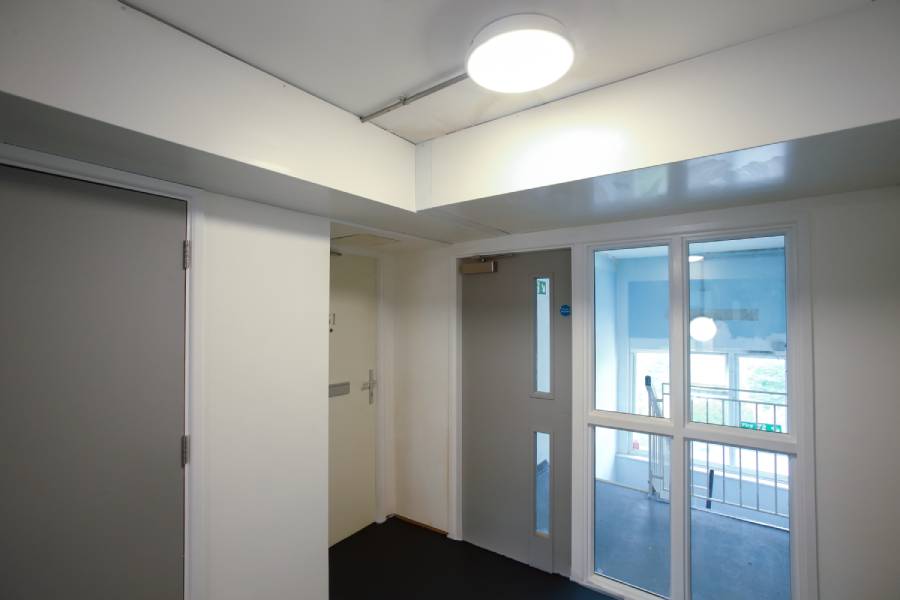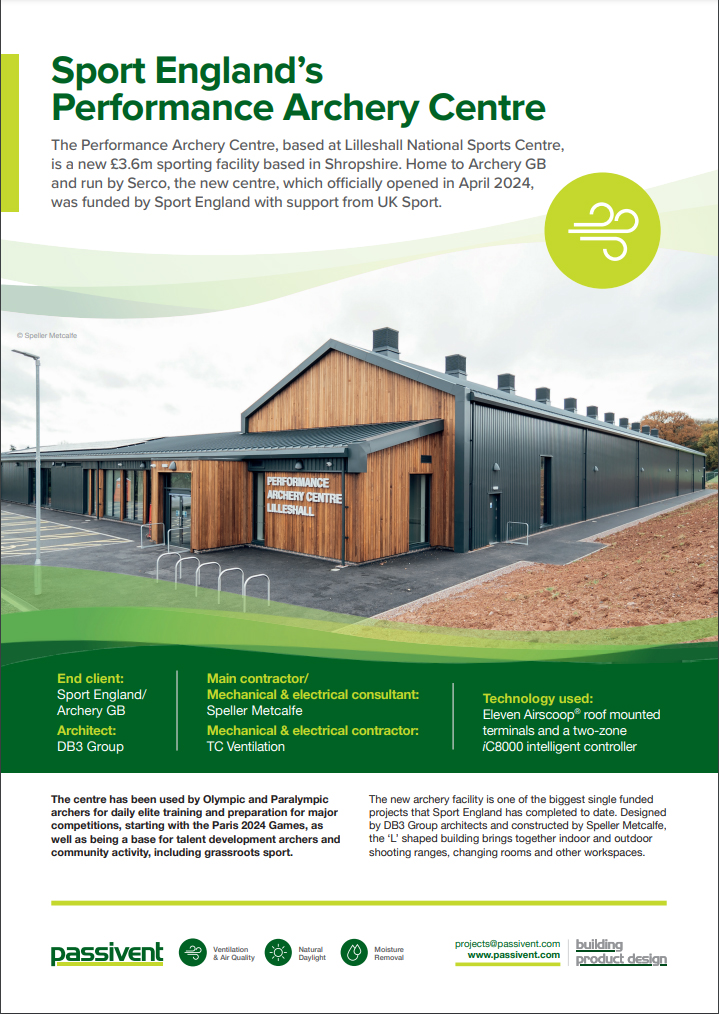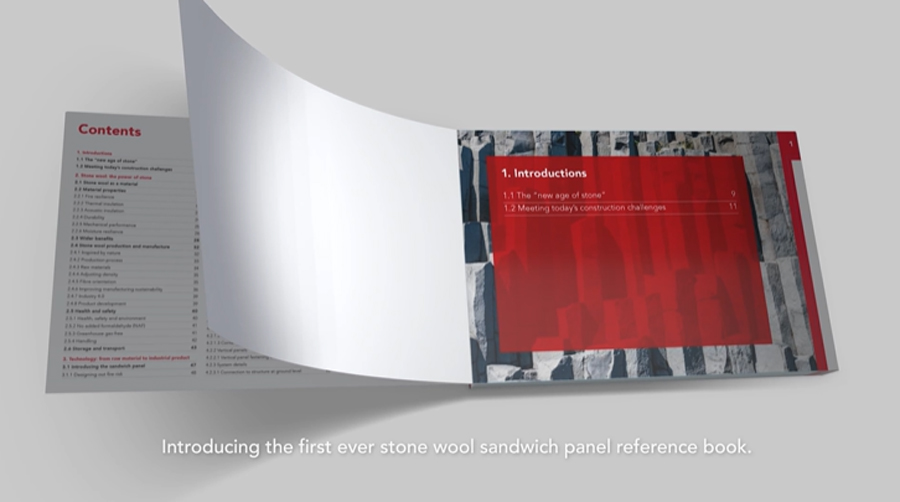Building new homes on brownfield land is not the solution to the national housing emergency even if significant government support is forthcoming, claims a report published today by the Land Promoters and Developers Federation (LPDF).
According to the Banking on Brownfield report even if every site on council brownfield registers was to be built out in full, brownfield land capacity only equates to just under a third (31%) of the 4.5 million new homes needed over the next 15 years.
Undertaken on behalf of the LPDF by planning and development consultancy Lichfields, Banking on Brownfield asks if previously developed land can supply enough homes, of the right type, where they are needed. The answer is a resounding no.
The analysis comes in response to the Levelling Up White Paper, 2021 Conservative Party Conference speeches and the £1.5 billion Brownfield housing fund which have all suggested brownfield land as the solution to meeting the country’s housing needs.

The report shows:
- 1.4 million estimated net housing capacity on listed sites in Brownfield Registers (after 58,000 are deducted due to double counting).
- 23,500 individual site entries on Brownfield Registers (after 1,000 are deducted due to double counting).
- 31% net brownfield capacity as a proportion of the amount of housing needed over the next 15 years.
- 48% of potential homes on Brownfield Registers are estimated to be flats, compared with 17% of households likely to live in flats.
- 1 to 27 – the ratio of one new brownfield house (as opposed to flats) to every 27 households likely to live in houses.
- 57% of brownfield capacity outside the Greater South-East (GSE) is within the two least viable quintiles (20%) of LPA areas (compared with less than 3% of those in GSE).
- 68% of the Housing Market Areas (HMAs) with more brownfield capacity (relative to their housing need) are already more affordable than average.
- There were 132,000 net housing additions built in England in 2001 when ‘brownfield first’ was the dominant national housing supply policy objective (compared with 234,000 p.a. on average over the last three years).
According to the report, brownfield registers suggest that 81% of new homes that could be delivered in 19 urban authorities with uplifted housing requirements will be at apartment densities, rather than family houses. The research also highlights the viability challenges in these areas, assigning 15 out of 19 uplifted authorities to higher viability risk profiles which will also undoubtedly contribute towards their limited delivery of affordable homes.
LPDF chairman Paul Brocklehurst said: “If the Government wants to meet its target of building 300,000 homes each year, no source of land can be ‘off the table’. Our analysis in this report shows that there is simply not enough brownfield land in any part of the country to meet housing needs alone.
“The re-orientation of housing policy, and Homes England efforts towards brownfield regeneration, may help support the conditions where viable and developable land can come forward, but many of these sites will also require grants to unlock them, at greater expense to the taxpayer. Even with this policy support, greenfield land development will still be needed in every region, to meet current housing need.”
He added: “The competition for urban land is ever present, markedly between economic and residential uses. Our research finds the opportunity cost of prioritising brownfield land for housing rather than employment is significant in pricing out industrial and office development to potentially sub-optimal locations.”
Matthew Spry, senior director and head of Lichfield’s London office said: “Lichfields is delighted to partner again with the LPDF on this topical research. Our analysis shows that even if all identified brownfield land could be viably developed, we are a long way from being able to rely on it as the supply-side solution to the housing crisis.
“And in reality, this theoretical capacity cannot all be delivered: much capacity is tied up in complex estate regeneration projects, or is best suited for continued industrial use, or includes contaminated land, or is in areas where development won’t be viable. Many brownfield sites are also earmarked for apartments, when the overwhelming demand is for houses with gardens.
“While brownfield land will form an important part of the mix, the experience of the late 1990s tells us that banking on brownfield will lead to a sharp fall in new house building and undersupply in every region. Local planning authorities should plan positively for brownfield development but accompany this with a realistic supply of land of all types, capable of delivering the right type of homes, and where and when they are most needed.”
The report says the current Brownfield Registers have significant shortcomings when evaluating the quantum of developable land overall. This makes them an unreliable basis for policy makers to decide on the number of homes that can be built in different areas.
It states: “Significant work is needed on improving data quality if it is to withstand the evidential burden that will be placed upon it if the Government chooses to make brownfield land availability a key part of its new planning reform agenda. A modest assessment of the Brownfield Register finds significant numbers of duplicate records. Our simple test for duplicates removed around 1,000 sites accounting for 58,000 homes.”
The research complements another recently published report by the LPDF - An affordable housing emergency: the national failure to provide the homes we need. It found that the Government must urgently introduce new policies to end the scandalous shortage of new affordable homes being developed if it wants to tackle the national housing emergency.
Both the Affordable Housing Emergency and the Banking on Brownfield Land reports by the LPDF highlight the serious lack of supply of new social homes and how focusing development on brownfield sites in less viable locations across the country is likely to lead to reduced levels of affordable housing provision, further exacerbating the affordable housing emergency.
Paul Brocklehurst added: “The Government’s proposals to widen Right to Buy to housing association properties will make the need to build more new homes even more acute.”
The LPDF, is working with the Government, local authorities and communities to enhance the planning process, and help deliver the new homes the UK needs.



















